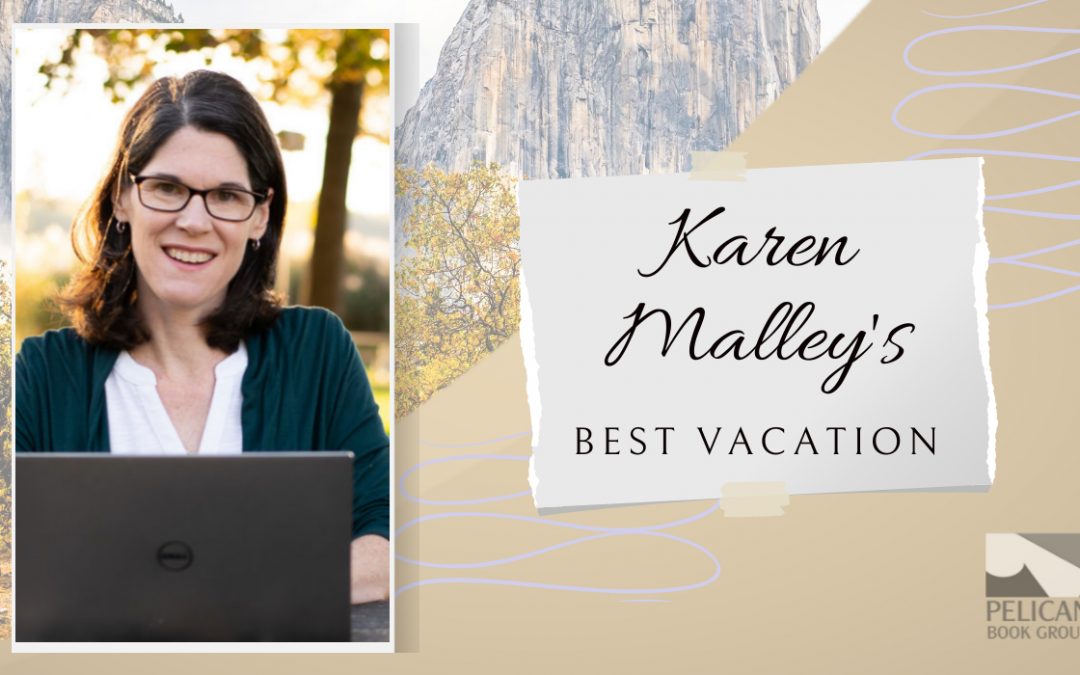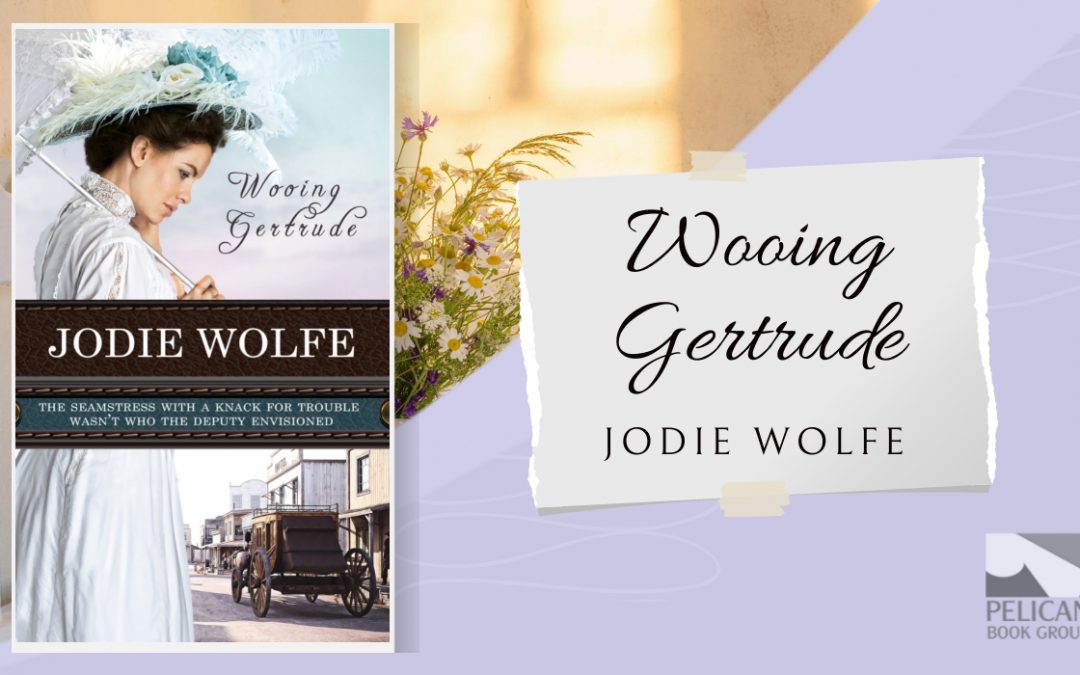work as a pastor’s secretary, and he asked me to draft a letter, you can
imagine the letters would need a different “tone.” On occasion, the
pastor would return a letter and ask me to soften it. Why? Because a letter
drafted from a law office would be much more businesslike than a letter from a
person’s pastor.
self-editing a manuscript. My answer: tone. Several factors can determine the tone of your work:
decisive, always building conflict until the moment when
the hero saves what he’s out to save. The tone matches the hero’s efforts. On
the other hand, historical romances are going to be slower. The dialogue is often relaxed (though there could be deep subtext going on). Much more detail will be given to description. Characters in
historical novels most likely lived in a simpler time. The tone of the novel
should reflect that lifestyle.
release. In romantic suspense novels, the pace may at times be slow (but never
too slow), especially as the author builds the conflict into the story. As the
hero or heroine finds himself or herself fighting a known or unknown enemy or
situation, the action will definitely pick up. In a mystery, the pacing is
often slow. The author builds the case around the detective, introducing the
mystery to be solved and dropping clues. Again, however, there will be scenes
where the action should be quick and decisive, but with both these genres,
great care should be given to draw out the suspense.
primarily for teenagers and young adults. You will find the characters in this
genre must connect with someone of that age. And surprisingly, the ones that
connect the best with a younger generation will also resonate with the older reader. Character is
important in young adult novels. Even
issue-oriented fiction for this age range is stronger when the characters are
witty—whether they know it or not—and true to that age group. Jump to the other
end of the spectrum: women’s fiction has a specific audience—women between the
ages of twenty and one-hundred. These are often serious, issue-oriented
fiction. Again, witty characters are great for women’s fiction. Those
characters provide levity to the plot, but the humor isn’t going to be the
same. Have a thirty-something woman act like a teenager, and the author will
lose her reader in the genre of women’s fiction.
of your choice. This is not to say that an historical romance cannot have humor
or that a thriller can’t have romance. However, an author should be very
careful that the tone of their story stay true to the genre.



